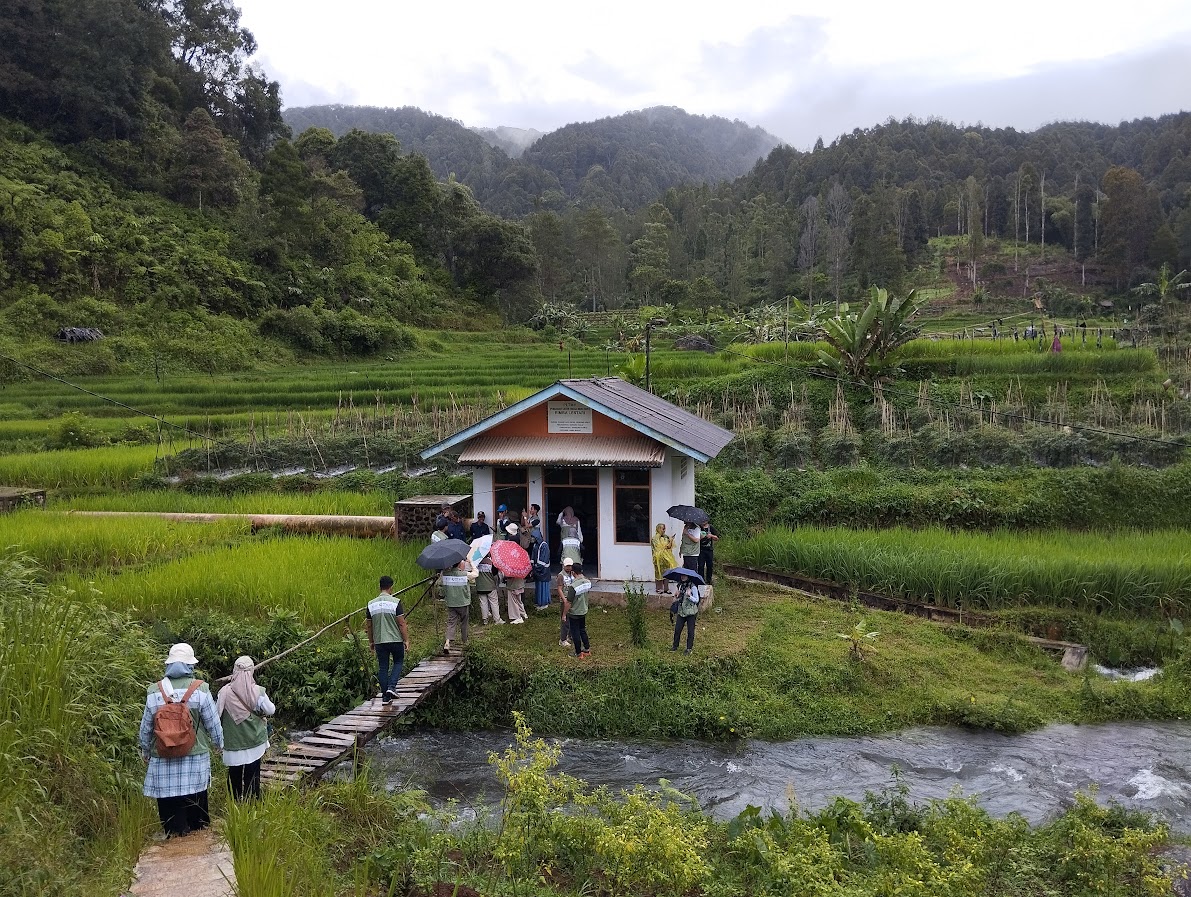The Gununghalu village community, located in Indonesia's West Bandung Regency in West Java, is an excellent model for renewable energy independence that is applicable worldwide.
Read more on Fair Planet.

Bandung, January 24, 2024 - Renewable energy promotes sustainability and minimizes environmental impacts. In West Java, Indonesia, there is a growing focus on increasing the usage of renewable energy. According to the Energy and Mineral Resources Agency (ESDM) of West Java Province, the region has a renewable energy potential of 192 GW (gigawatts).
The West…

Bandung, January 24, 2024 - A relaxed atmosphere and raindrops soaking the ground welcomed the Jelajah Energi West Java team when they arrived at the Gunung Halu Microhydro Power Plant (PLTMH). The winding journey, which took about 3-4 hours from Purwakarta, brought the team to a location that embodies innovation and empowerment of the local…
